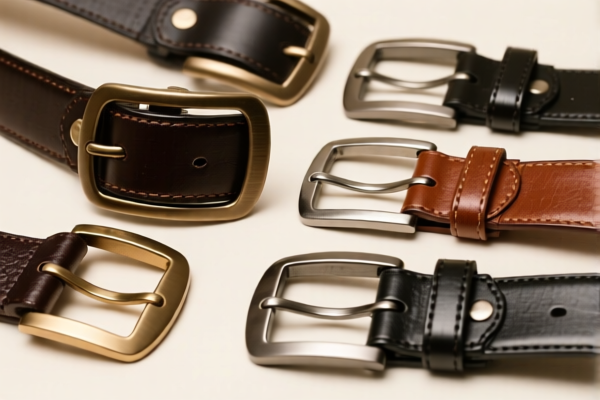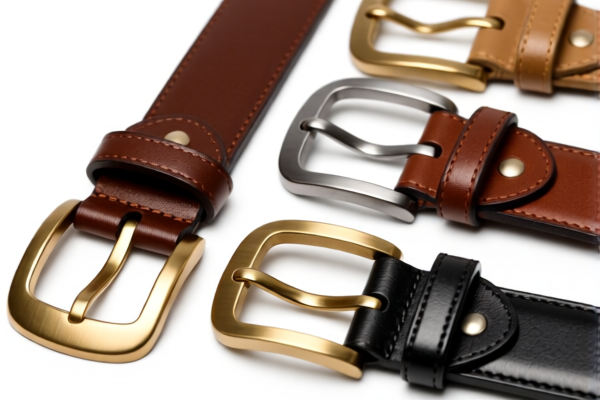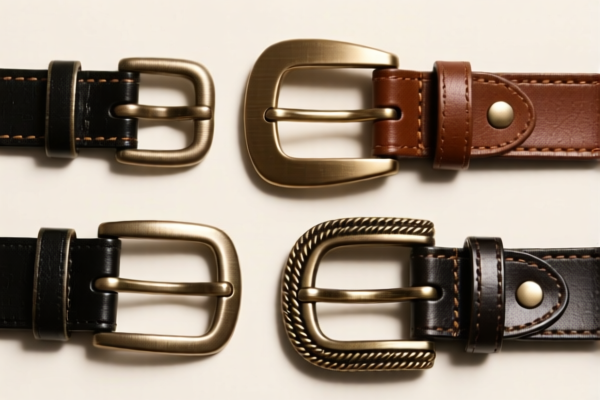| HS Code | Official Doc | Tariff Rate | Origin | Destination | Effective Date |
|---|---|---|---|---|---|
| 8479899599 | Doc | 57.5% | CN | US | 2025-05-12 |
| 8479899599 | Doc | 57.5% | CN | US | 2025-05-12 |
| 8444000090 | Doc | 55.0% | CN | US | 2025-05-12 |
| 8444000010 | Doc | 55.0% | CN | US | 2025-05-12 |
| 8206000000 | Doc | The rate of duty applicable to that article in the set subject t+30.0% | CN | US | 2025-05-12 |
| 8214909000 | Doc | 1.4¢ each + 3.2%+30.0% | CN | US | 2025-05-12 |
| 8543708000 | Doc | 55.0% | CN | US | 2025-05-12 |
| 8545904000 | Doc | 55.0% | CN | US | 2025-05-12 |
| 8545902000 | Doc | 55.0% | CN | US | 2025-05-12 |




Button Maker Machine
A button maker machine is a mechanical device used to create custom buttons, badges, and other similar pin-back items. These machines are widely used for promotional items, event branding, personalized gifts, and artistic expression.
Materials
Button making typically involves these core materials:
- Button Parts: These consist of a pin back, a shell, and often a safety pin component. The pin back is the metal backing with the sharp pin. The shell is the top portion that secures the artwork. Sizes range significantly, from very small (e.g., 1 inch / 25mm) to larger diameters (3+ inches / 75+mm).
- Artwork: Usually printed on paper, cardstock, or thin plastic. The artwork is cut to fit the button size. Digital printing is common, but hand-drawn or painted designs can also be used.
- Machine Components: Machines are generally constructed from metal (steel is common) for durability. They include a base plate, a top plate, a handle, and a die set (specific to button size).
Purpose & Function
The primary purpose of a button maker machine is to encapsulate artwork between the pin back and shell, creating a finished button. The function is achieved through mechanical pressure.
The process involves:
- Artwork Placement: The artwork is placed face-down onto the base plate, centered over the pin back.
- Shell Placement: The shell is placed over the artwork and pin back.
- Pressure Application: The handle is used to apply significant pressure, forcing the shell to crimp tightly around the pin back, securing the artwork. This creates a sealed button.
Usage Scenarios
- Promotional Marketing: Businesses use button maker machines to create branded buttons for giveaways, events, and employee recognition.
- Event Branding: Buttons are commonly made at conferences, trade shows, and festivals to promote events or specific products.
- Political Campaigns: Candidates use buttons to raise awareness and support.
- School & Community Groups: Used for fundraising, spirit wear, and club promotions.
- Arts & Crafts: Artists and hobbyists create custom buttons for sale, gifts, or personal use.
- Personalized Gifts: Creating custom buttons with photos or unique designs.
Common Types
Button maker machines are categorized by their operation and capacity:
- Manual Button Makers: These are the most common type, requiring hand pressure to operate. They are relatively inexpensive and portable. Different models exist for varying button sizes.
- Heavy-Duty Button Makers: Designed for high-volume production, these machines often feature a more robust frame and require more physical effort but can produce buttons faster and more consistently.
- Automatic Button Makers: These machines automate the entire process, offering the highest production rates. They are significantly more expensive and typically used in commercial settings.
- Interchangeable Die Sets: Many machines use interchangeable die sets, allowing the same machine to create buttons of different sizes by simply swapping out the dies.
- Desktop Button Makers: Compact, manual machines designed for smaller-scale production on a desk or table.
Based on the provided information, the following HS codes may be relevant to a “button maker machine”:
-
8479899599: This code covers “Machines and mechanical appliances having individual functions, not specified or included elsewhere in this chapter; parts thereof: Other machines and mechanical appliances: Other: Other”. This is a broad category for machines not specifically listed elsewhere, and a button maker machine could fall under this if it doesn’t fit a more precise classification.
- 84: Chapter 84 relates to Nuclear reactors, boilers, machinery and mechanical appliances; parts thereof.
- 79: Heading 8479 covers Machines and mechanical appliances having individual functions, not specified or included elsewhere in this chapter.
- 89: Subheading 8479.89 covers Other machines and mechanical appliances.
- 95: Further specifies "Other".
- 99: Indicates "Other".
- Tax Details: The base tariff is 2.5%, with no additional tariff currently. However, a 30.0% additional tariff will apply after April 2, 2025. A 25% additional tariff applies to steel and aluminum products. The total tariff rate is currently 57.5%.
-
8479899599: This code is identical to the one above, representing the same classification and tariff details. This repetition suggests potential redundancy in the provided data.
-
8479899599: This code is identical to the ones above, representing the same classification and tariff details. This repetition suggests potential redundancy in the provided data.
According to the provided reference material, the HS code options related to 'button maker machine' are limited, with only the following 3 found.
Please note regarding HS code 8479899599, the total tariff rate is currently 57.5%, comprised of a 2.5% base tariff and a 30.0% additional tariff applicable after April 2, 2025. Additionally, a 25% additional tariff applies to products made of steel or aluminum. It is important to verify the material composition of the button maker machine to determine if this additional tariff applies.
Customer Reviews
No reviews yet.